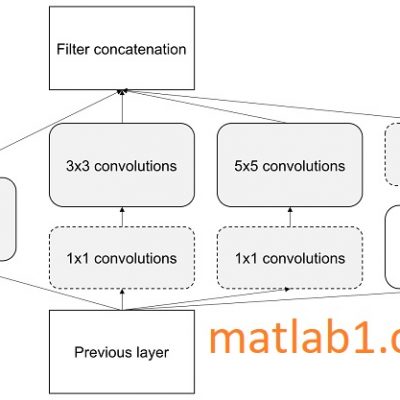Description
There often exists a gap between energy supplied by the electric grid and expected demand for an FCS during peak hours . EV users may have to wait and charge for longer as they receive less energy from the charging station even when the charging station is capable of supplying energy up to its maximum rated value. Of great interest to charging station operators and electric utilities is how FCSs with reduced energy supply use stored energy from a battery to access electrical energy that helps bridge the gap. Thus, analyzing how a condensed network of FCSs maintains required energy using supply from multiple battery storage units is of interest.
In this project, a model of FCSs with varying supply and demand gaps was qualitatively built based on a network of 15 FCSs located in Southeast Michigan. The model evaluates the optimal configuration of battery units required to meet the network energy gap by simulating network structures and comparing the results. The model delivers insights into how battery characteristics such as size, battery type, number of battery units, and exchange range radius address this gap.
The model aims to lower the cost of supplied energy for the entire network while fully supplying energy demanded by all FCSs using the supplemental battery units.
DES is the process of codifying the behavior of a complex system as an ordered sequence of welldefined events. Nance (1993) described DES as a mathematical and logical model of a physical system that has changes at precise points in simulated time.
https://en.wikipedia.org/wiki/Discrete_event_simulation




Reviews
There are no reviews yet.